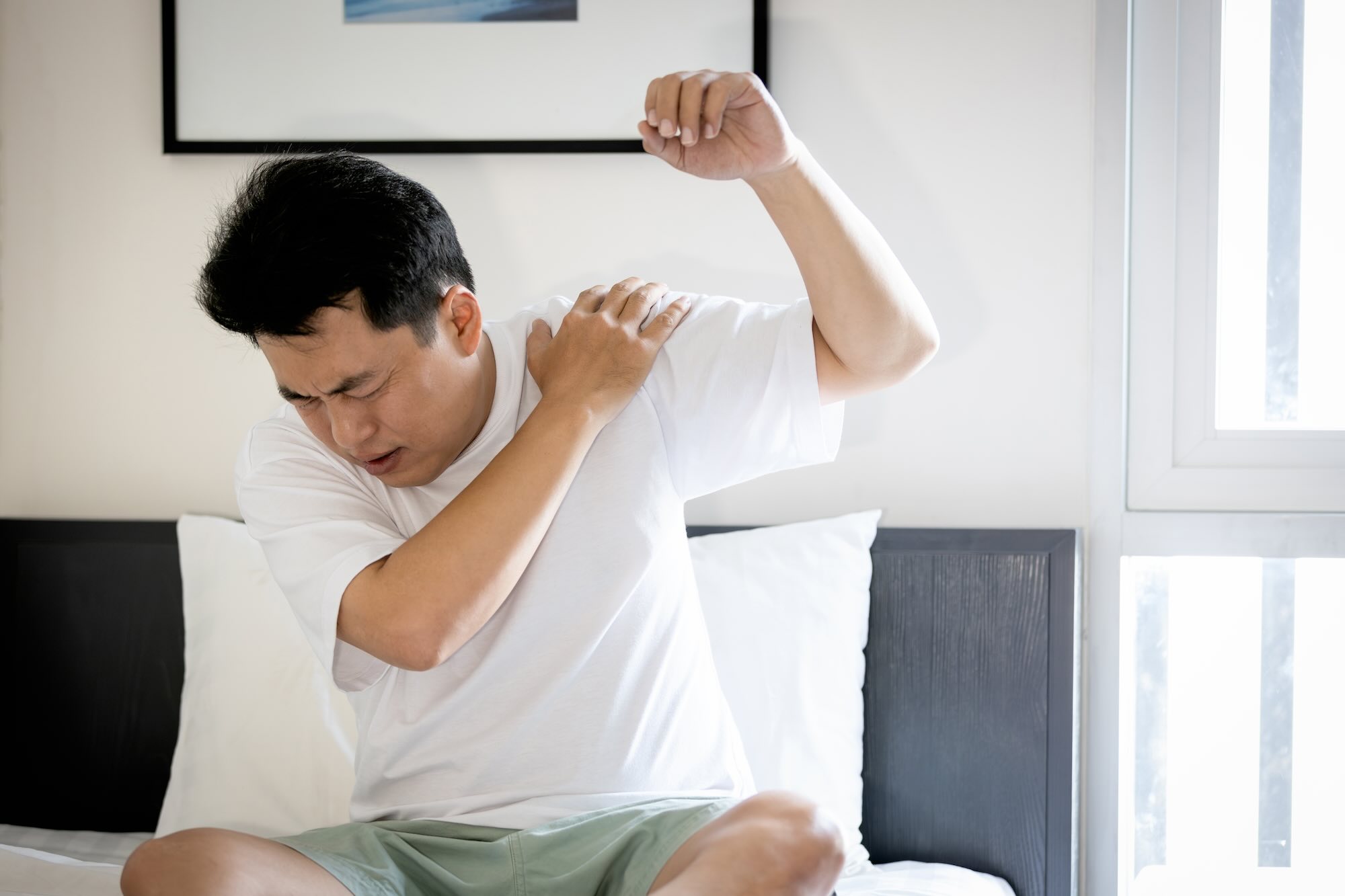
What Is the Success Rate of Shoulder Replacement Surgery?
What is the success rate of shoulder replacement surgery? Shoulder replacement surgery has a high success rate, with patients often experiencing significant pain relief and

What is the success rate of shoulder replacement surgery? Shoulder replacement surgery has a high success rate, with patients often experiencing significant pain relief and

Can I still workout with a torn bicep tendon? – If you’re wondering this, you are not alone. In this post I will go through

Shoulder instability arises when the shoulder joint becomes too loose, often leading to discomfort and reduced mobility. This can occur due to a range of

Patients often ask ‘How long is physical therapy after reverse shoulder replacement?’ The answer typically lies between three to six months. This post cuts through

Dealing with an ACL injury brings the critical question to the forefront: Can you walk with ACL injury? It’s not a simple ‘yes’ or ‘no’